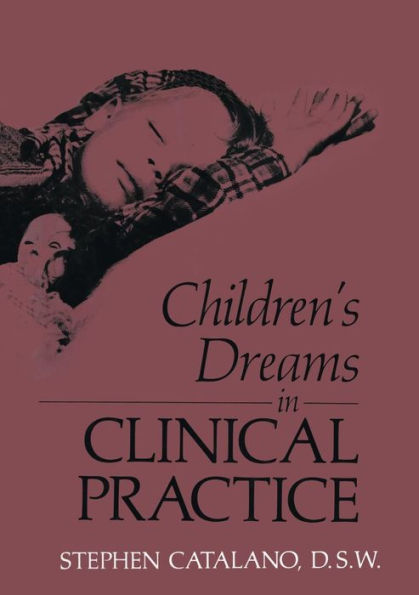Once upon a time I dreamed myself a butterfly, floating like petals in the air, happy to be doing as I pleased, no longer aware of myself! But soon enough I awoke and then, frantically clutching myself, Chuang Tzu I was! I wonder: Was Chuang Tzu dreaming himself the butterfly, or was the butterfly dreaming itself Chuang Tzu? -Chuang Tzu Dreams are an endless source of mystery and fascination. Those we remember bring to our conscious awareness a variety of characters, circumstances, and situations often implausible or even bizarre in our everyday world. Sometimes dreams are more mundane and common place, reflecting memories of recent events of obvious importance. It is perhaps because of our lack of ability to understand fully the origin of dreams or interpret their exact VII viii Preface meaning that dreams are the subject of such interest and speculation. Or perhaps, as the Chinese philosopher Chuang Tzu suggested, they allow us the freedom to ex pand our thoughts, associations, or spirit in a way that no other experience, waking or otherwise, can. Clinical interest in dream content has primarily been limited to the psychoanalytical perspective. This modern clinical interest in dreams is the direct result of Freud's landmark contribution concerning the importance of dreams in unconscious thought and in the practice of psychoanalysis. Theoretically, psychoanalytical interpre tation of dream content as a repressive-defensive content function dominated clinical practice and application for many years and remains an influential school of thought.



